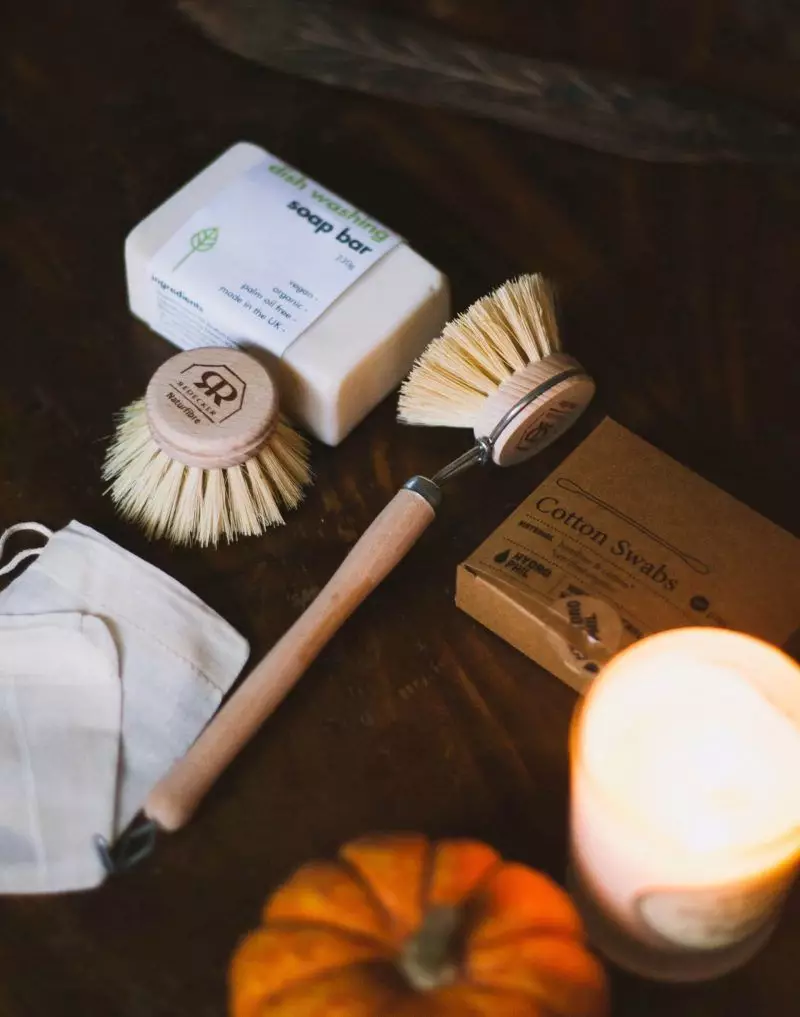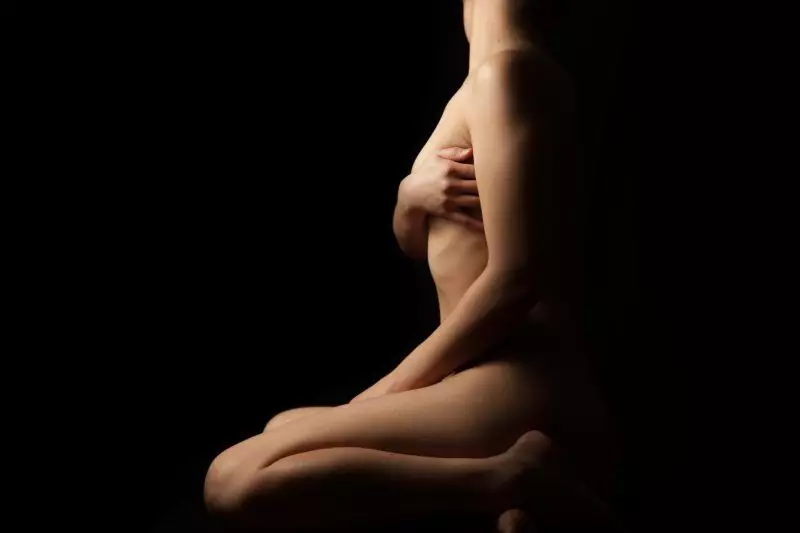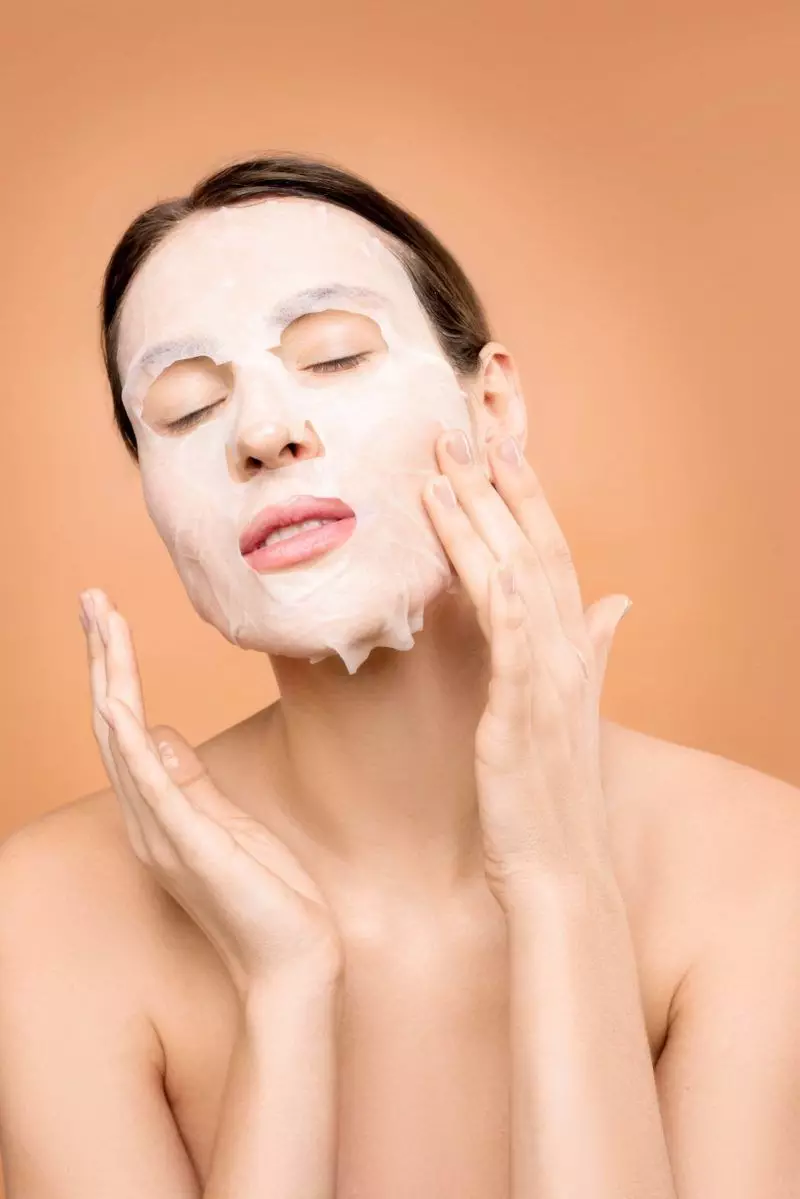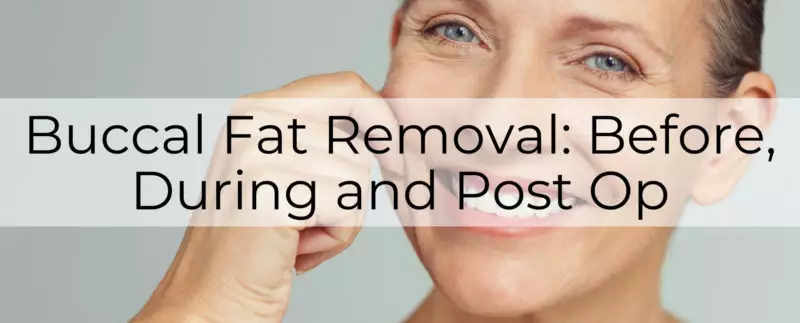
Today, most people go through different procedures to look young, healthy and achieve their desired physical appearance. One procedure that has become popular over recent years because of its short-term results and fast recovery is buccal fat removal, also known as bichectomy.
Full cheeks don’t necessarily have anything to do with being overweight. The fat pads in the cheeks (buccal fat pad) play a major role. The facial contour becomes narrower by removing these fat pads, and the cheekbones are more clearly visible.
What is buccal fat removal?
It is a form of plastic surgery that involves the removal of buccal fat pads from the cheeks. This will make your cheeks appear thin and give you facial angles. The operation is carried out by a specialist in aesthetic/plastic surgery.
Are you a candidate for buccal fat removal?
This procedure is aimed at young people who intend to taper, streamline, and restrict the lower region of the face, indirectly emphasizing the cheekbones, the jaw angle, the chin, and adults and mature subjects.
Especially in the early 20s, which marks the end of teenage years, the desire for an age-appropriate, no longer child-like appearance is more pronounced than in later years of life.
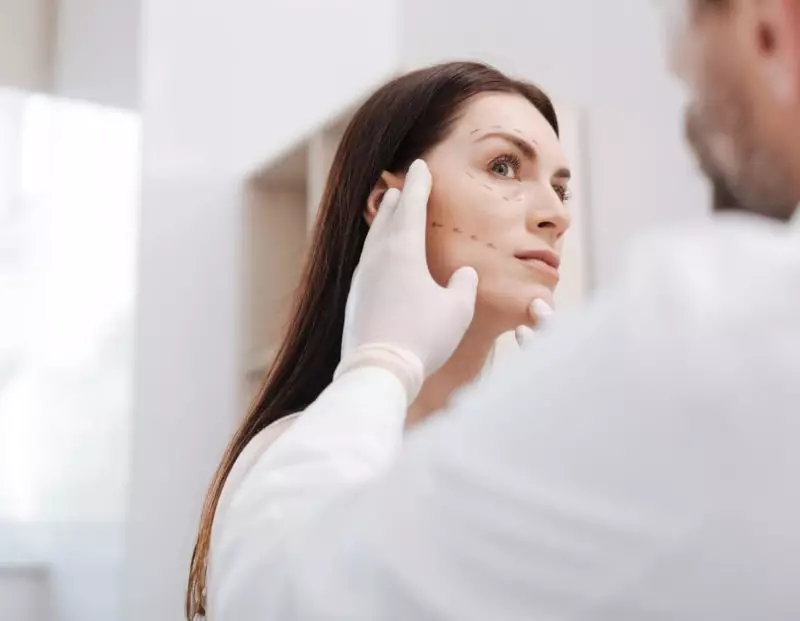
What are the costs?
The cost of cheek fat removal is determined by a set of procedures and the surgeon’s experience for the complete success of the intervention with an effective result and without any risk. On average, you are likely to part with range $2,000 to $5,000. Candidates should familiarize themselves with different factors that may affect the cost of the procedure.
What are the risks?
As with any surgical procedure, complications such as wound healing disorders, infections, or bleeding can occur. Since buccal fat removal is a minor procedure performed under local anesthesia, the risk of complications is very low. Tissues around the fat removal area can rarely be damaged, such as the salivary gland or facial nerve.

How painful is buccal fat removal?
As mentioned above, local anesthesia is usually administered before the procedure, so the chances of experiencing any pain during the procedure are very minimal. The process is less painful as a result. You might experience some slight pain after the procedure when your wounds and tissues start healing.
What should I expect before, during, and after my buccal fat procedure?
Before the Operation
The doctor discusses the course of the operation with the patient in a preliminary discussion and explains the possible risks. He also explains which medications have to be stopped before the operation. In buccal fat removal, blood-thinning medication (anticoagulants) should be discontinued 7 to 10 days before the operation. This also includes taking ASA (acetylsalicylic acid).
During the Operation
The fat deposits in the cheeks are removed through the oral cavity so that no external scars are visible. The oral mucosa is anesthetized locally. The two small incisions in the lining of the cheek are sutured with self-dissolving sutures. The entire operation takes between 30 and 45 minutes. The patient can then leave the practice immediately.
After Operation
The post-operative phase will be dedicated to compliance with the indications of the Surgeon. In addition to the prescribed medicines, smoking, alcohol, sports activities, and exposure to the sun or a heat source must be avoided for at least five days.

Oral hygiene always after each meal with a non-alcoholic mouthwash. This is to prevent post-operative inflammation to a minimum and ensure that the course is as fast as possible.
Regular daily activity can be resumed the day after the surgery as there will be no external scars or bruises. Slight swelling of the cheeks may persist, even if very modest, for 2/3 days.
Pain is absent in 99% of cases.
What Are the Chances of Success?
The chances of success in healthy patients are very good. With the operation, a permanent facial narrowing is achieved. Most of the patients are satisfied with their results. It takes a few months before the result can be finally assessed.

How to choose the right surgeon for the operation
A key issue not only for cheek fat removal but for all aesthetic surgery interventions is the surgeon’s choice. The first thing is to find a specialist in plastic surgery.
Last but not least is patient-surgeon trust. Make sure you have confidence in the plastic surgeon who will perform this procedure.

